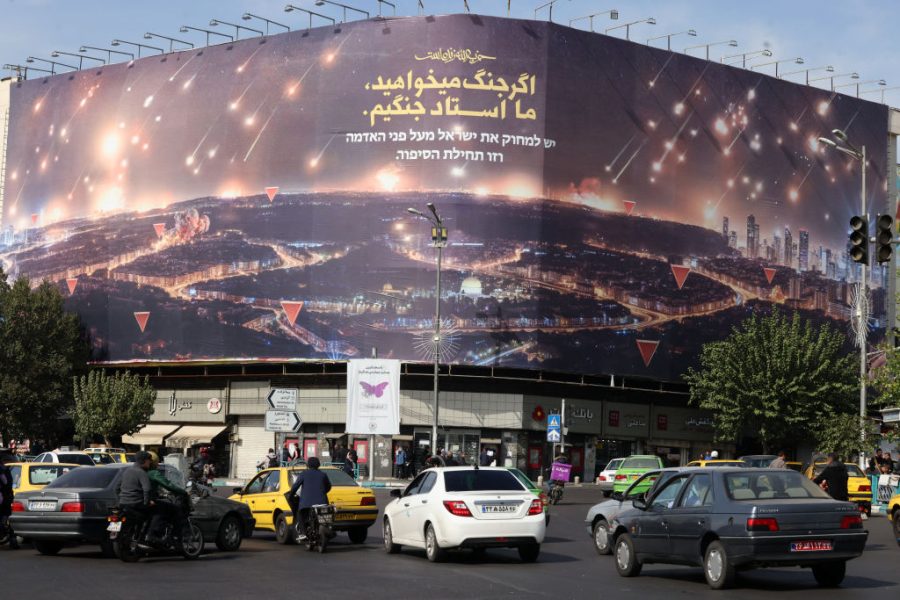On the night of 26 October, Israel conducted an aerial strike on Iran, marking the latest move in the ongoing tit-for-tat conflict between the two countries. The attack, which had been anticipated and was announced by the Israeli government, was in response to an earlier Iranian missile strike on Israel at the beginning of October, named Operation True Promise 2. The Iranian attack was itself a retaliation for Israel’s assassination of senior leaders within Hamas, Hezbollah, and the Iranian Revolutionary Guard over the preceding months.
Details of last night’s airstrike remain unclear, but reports suggest that Israel targeted approximately 20 Iranian military sites. Prior to it, there was speculation that Israel might expand its target list to include non-military infrastructure, particularly Iranian oil and nuclear facilities. However, it appears that these targets were not attacked, possibly due to pressure from the United States. The US had reportedly urged the Israeli government to keep the response limited in scope to avoid further escalation in the region.
It is unclear whether Iran will retaliate and continue the cycle of tit-for-tat exchanges with Israel
That said, the attack is unprecedented in many ways, marking the first time in several decades that Israel has conducted a large-scale and overt military strike against Iran, including against targets in the capital, Tehran.

Britain’s best politics newsletters
You get two free articles each week when you sign up to The Spectator’s emails.
Already a subscriber? Log in






Comments
Join the debate for just £1 a month
Be part of the conversation with other Spectator readers by getting your first three months for £3.
UNLOCK ACCESS Just £1 a monthAlready a subscriber? Log in